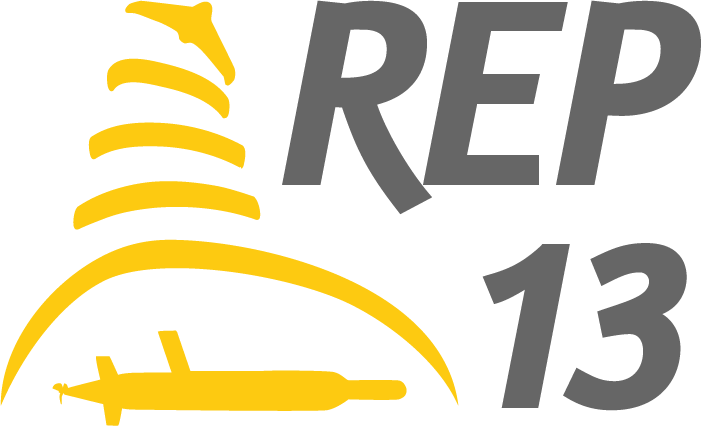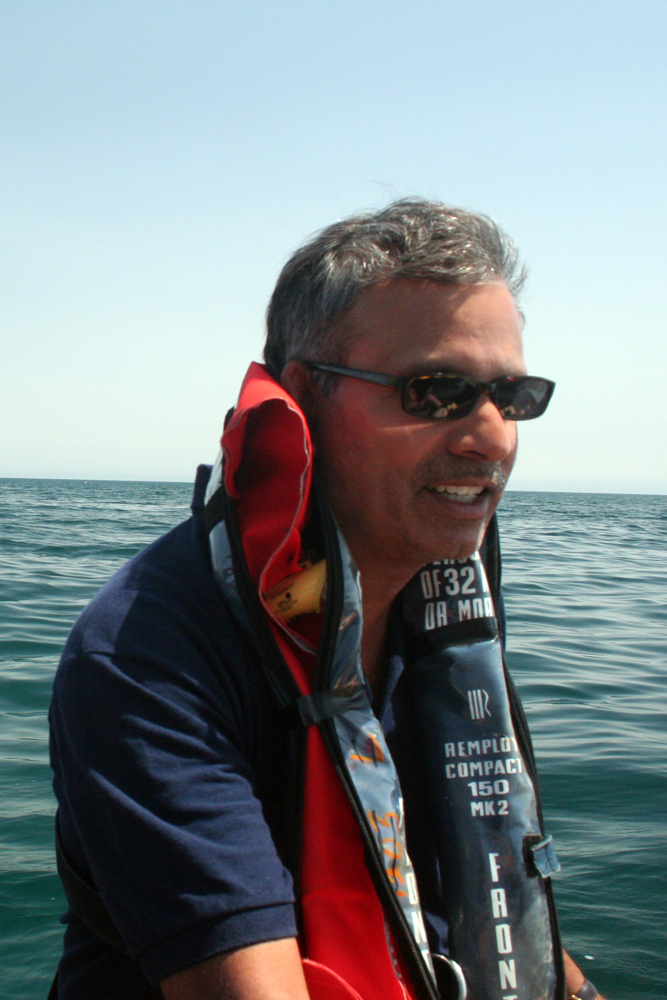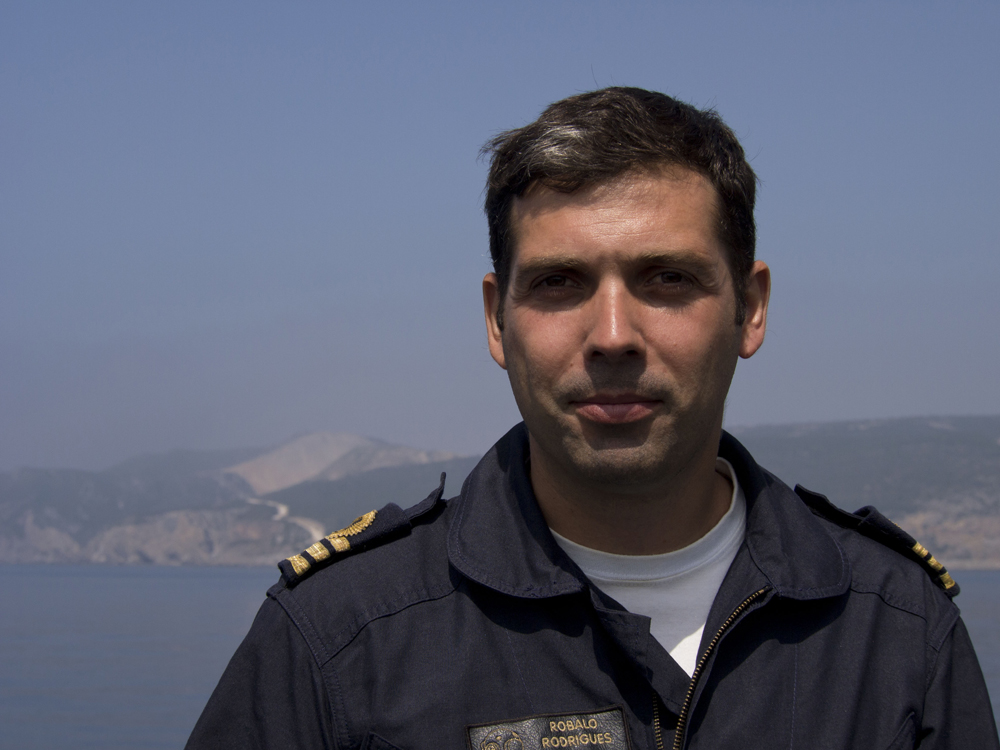Kanna Rajan
Why are you here?
I am the Co-Principal Investigator of the REP-13 experiment along with Joao Sousa of FEUP. My objectives are to push the state of the art and practice in marine robotic autonomy using the excellent infrastructure the Sousa lab has built up over the years. In addition, I hope to understand the principles of scalability of the work we have been doing at the Monterey Bay Aquarium Research Institute (MBARI) in decisional autonomy using the Teleo Reactive EXecutive (T-REX). By testing the T-REX system outside the bounds of MBARI's environment, we can determine its robustness and any hidden assumptions in its architectural principles. This can only be done, in my view, by doing real world experiments out in the field. REP-13 offers just such an excellent environment while simultaneously enabling other researchers’ access to it and transitioning the technology. My other objective is to understand and learn from such engineering oriented exercises what the limits of operational capacity driven both by computational as well as social (ethnographic) constraints. One cannot operate autonomous platforms without the involvement of highly skilled and competent researchers; this brings the issue of both how a collective of people in very stressful situations can work to produce results (publishable in high quality peer-reviewed publications) and also determine the outer limits of operability for both human(s) and robot(s).
The longer term implications of what we have demonstrated (and will further demonstrate given the opportunity) is to show how multiple robotic assets can be controlled and deployed for new and sustained cost-effective methods in observing the world’s oceans. There are very few groups with the technical depth, agility and intellectual prowess which can pull off a complex series of experiments the way we have done for this REP.
What do you expect for REP-13?
My expectations are to learn as well as to transfer knowledge to/from our work across cultural and linguistic boundaries while enabling novel methods of oceanographic observation using highly autonomous platforms.
Observations of REP?
I am incredibly impressed by how well the joint MBARI/FEUP teams have worked together and how tightly coordinated they are in constrained environments such as a ship. While some communications barriers no doubt exist, I have found that these dissipate quickly with team members coming together and sorting out any lingering issues. It is important to note, for those not present onboard our ship, that not only linguistic boundaries were present, but also those between the assorted distinctions including but not exclusive to aerial vs underwater, bathymetric vs upper water-column, drifting Vs powered, researchers vs ships crew, divers vs the rest…were endless. Despite of these differences, the groups worked not just well but very well. And this is not a flaccid politically correct observation for the web.
I am particularly impressed by the professionalism, enthusiasm and energy level of the Portuguese Navy staff who worked closely with us on board (and off board) on the NRP Bacamarte. At times bogged down by technical challenges, they more than anyone else were our cheer leaders pushing us on. I am equally impressed by their long-term outlook and adaptivity to technology and its implications for their own tasks; this is very forward looking service. I am looking forward to more interaction in the near and not-so-near future with these folks.










